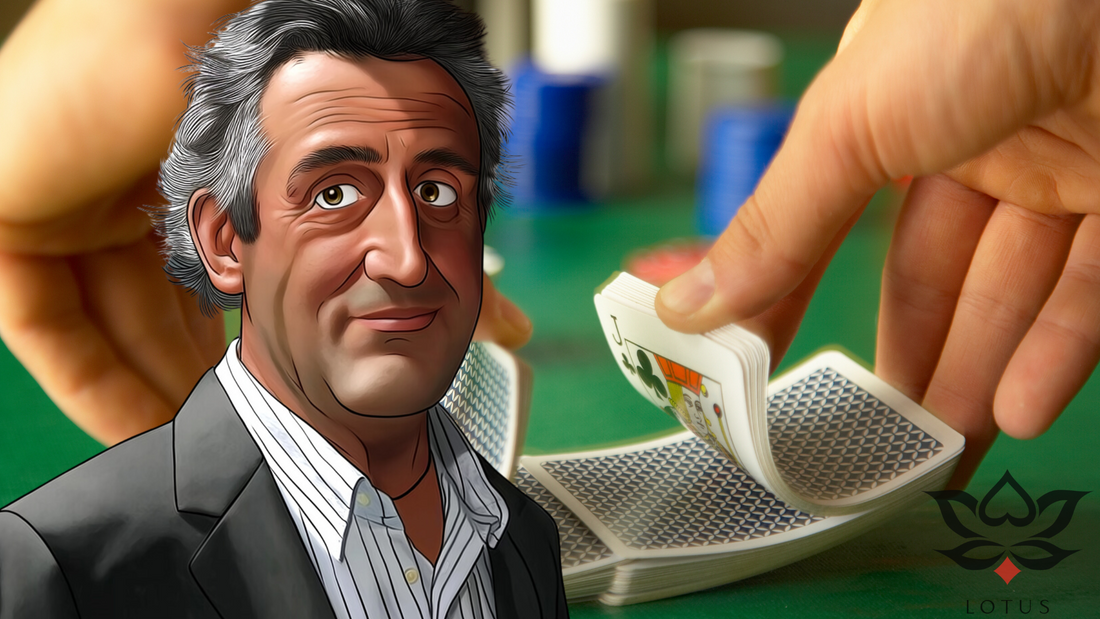
From Magic to Math: How Many Times Should You Really Shuffle Cards?
Share
The Man Who Shuffled into History

Persi Diaconis started out as a young magician who ran away to join the circus - not your typical path to academia. After a decade on the circus circuit, he returned to school and became driven by a newfound obsession: the concept of randomness. Years of rigorous study culminated in a professorship at Harvard, where Persi embarked on a quest to decode the mysteries of card shuffling. His groundbreaking paper would forever change the game, finally giving us an answer to the question: how many times do you really need to shuffle a deck of cards?
The Seven Shuffle Discovery
Working with mathematician Dave Bayer, Diaconis developed a key tool in understanding randomness. Combining the methodology of mathematicians who came before them, they introduced something called the Gilbert-Shannon-Reeds model to figure out exactly what happens when you shuffle cards.
In a riffle shuffle, you split a deck in two, then let the cards from each half fall back together in a mixed order. This is the gold standard of card shuffling but doing it one time isn’t enough to create true randomness.
Using the Gilbert-Shannon-Reeds model, Bayer and Diacois discovered that it takes exactly seven riffle shuffles for the deck to be randomized to the point where it’s statistically indistinguishable from a randomly ordered deck. After seven shuffles, every card is mixed in relation to every other card to a degree that any lingering patterns are impossible to detect. It’s a surprisingly precise answer to a question all card players ask themselves!
A Practical Tip
The seven-shuffle rule is perfect for a fresh deck of cards—one that’s in perfect order right out of the box. But once you’re a few games in, the deck is already somewhat randomized. For casual, friendly games, three shuffles should be more than adequate. So the next time you’re hosting game night, feel free to save a little time between rounds, knowing that three shuffles are all it takes to keep things fair and fun!
Beyond Game Night
Perci’s insights about randomness have made their way into all sorts of fields, including encryption algorithms that keep your data secure, random number generators used in scientific simulations, and computer graphics that create realistic-looking textures. In these types of graphics, for example, using the Gilbert-Shannon-Reeds model ensures that digital textures avoid repetition, achieving a level of realism that breathes life into virtual worlds. It's a testament to how interconnected our understanding of randomness is, from the shuffle of a deck of cards to the intricate details of computer-generated imagery.

Perci took something that seems simple - shuffling cards - and revealed the fascinating math hiding just beneath the surface. His work reminds us that even the most familiar objects, like a deck of cards, can hold secrets that revolutionize our understanding of the world. So the next time you shuffle a deck, remember: you're not just mixing cards; you're part of a grand tapestry of mathematical wonder.
